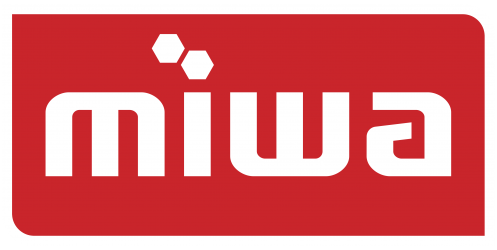With Temperatures plummeting across the country, many people may be considering using an antifreeze or coolant product in their vehicle.
“The common assumption is that antifreeze-products are the solution to keeping the water in a vehicle’s radiator and engine from freezing in cold temperatures. While that is true, it also has the added function of lubricating the moving parts of the cooling system, such as the water pump. The Summer coolant component of the product also reduces the possibility of overheating in hot climates.
Modern engines have many narrow passages through which the coolant must flow to keep your engine cool. Not only does it keep your engine temperature under control, but coolant in these smaller passages also keeps the heat in the engine balanced, as well as reducing corrosion and particle build-up,” says Dewald Ranft, Chairman of the Motor Industry Workshop Association (MIWA), a proud association of the Retail Motor Industry Organisation (RMI).
But while using anti-freeze/Summer Coolant products may be the answer to engine freeze, Ranft warns technicians not to be fooled by ‘just any’ anti-freeze products on the market.
“The incorrect application of anti-freeze, or the dilution thereof, can result in serious corrosive damage to various parts of the engine including the water pump, radiator and even the engine-cylinder head,” he warns. There are a variety of formulas of AntiFreeze/Summer coolant and these are formulated to match the cooling system of the specific vehicle. colours of Antifreeze/Summer coolant can be an indication of the type of product, however it is preferable to ensure the specifications listed on the packaging match the requirements for the system.
The South African Bureau of Standards (SABS) has two standards for anti-freeze. The first standard is SANS/SABS 1251, where a product must be diluted with clean water in one of two different ratios – 50/50 (1:1) or 33.3/67.7 (1:2) according to instructions, but preferably 1:1. The second, SANS/SABS 1839, is where a coolant is already diluted with water in a 40/60 ratio and is ready to use. It should not be diluted any further.
“If, for example, a coolant product carrying the SABS 1839 mark is diluted, it can become inefficient which can lead to corrosion, and result in damage to engine components. It’s therefore important to understand what you are putting into the engine before doing so,” says Ranft.
He offers the following tips when looking for and using an effective anti-freeze product:
- Buy branded coolant products from reliable and reputable outlets and avoid cheaper varieties that are likely to have already been diluted.
- If you have a hydrometer to check the coolant in the vehicle’s cooling system. Also check for solids (rust particles) floating in the coolant and look out for indications of electrolysis (white surface spots) especially in aluminum radiators.
- Remember over time, your engine’s coolant can become contaminated as it picks up any residue that may have settled in your cooling system, possibly causing clogged sub systems. Flushing your cooling system can keep that potential buildup at bay and help your coolant to flow freely. Ignoring the buildup for too long can result unnecessary repairs to your vehicle.
- Another factor when determining if you need to change your coolant as opposed to adding antifreeze or water is coolant condition. While you have the coolant in the hydrometer, check it for color and the presence of debris. If the coolant is clear or has particles floating around in it, it probably needs changing.
- Coolant should probably be changed once every 2 – 5 years. Pay attention to the coolant system capacity in your owner’s manual. Proper coolant level is important. Having less in the system than the designed capacity lowers efficiency and can result in overheating.
- Please remember Antifreeze is poisonous to humans and animals. Always make sure to dispose of antifreeze, or flushed coolant, in the appropriate manner.
“Most anti-freeze products are really cooling system protectors – they do not necessarily protect only against freezing. A characteristic of a good quality coolant is that it will assist in preventing boiling – and these anti-boil characteristics are more important in most parts of South Africa than the anti-freeze characteristics,” concludes Ranft.
Ends
COMPILED ON BEHALF OF MIWA BY CATHY FINDLEY PR.
Media queries contact Jacqui Moloi on 071 7648233 or jacqui@findleypr.co.za.

